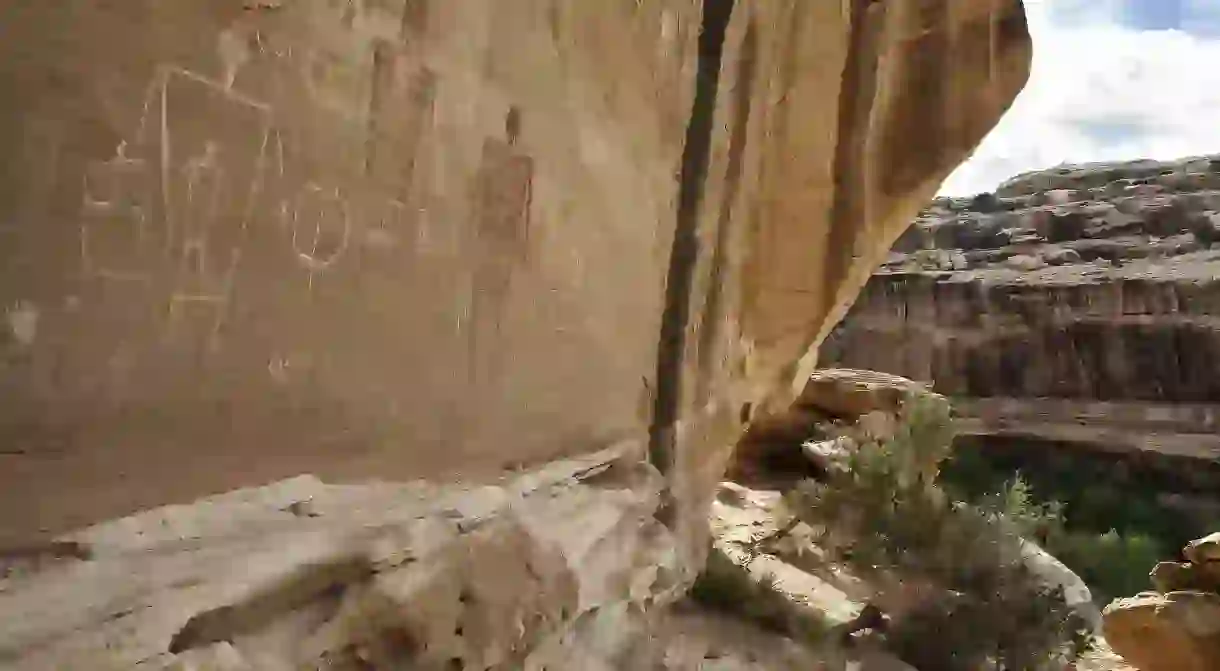As Trump Minimizes National Monuments, Ancient Artworks May Pay the Price

On Monday, President Trump announced the colossal reduction of two Utah-based national monuments, Bear Ears and Grand Staircase-Escalante, by some two million acres. Now, experts and all who oppose the decision fear the subsequent destruction of the region’s ancient Native American heritage sites.
When former President Barack Obama established Bear Ears National Monument in late December 2016, his proclamation protected over 1.35 million acres of public land surrounding Bear Ears, a pair of buttes located in San Juan County, Utah.

Not a year later, on December 4, President Trump announced his administration’s decision to minimize Bear Ears by 85 percent, in conjunction with the nearby Grand Staircase-Escalante National Monument, which has been cut in half. Together, the reduction constitutes the nation’s largest-ever decrease in federally protected land.
“The move, a reversal of protections put in place by Democratic predecessors, comes as the administration pushes for fewer restrictions and more development on public lands,” explains The New York Times. “The decision to reduce Bears Ears is expected to set off a legal battle that could alter the course of American land conservation, putting dozens of other monuments at risk and possibly opening millions of preserved public acres to oil and gas extraction, mining, logging and other commercial activities.”

The magnitude of such a decision is, first and foremost, cause for extreme environmental concern, but the decree also endangers the ancient works of Native American art in the region that have thus far been preserved as precious historical and cultural treasures.
As the only national monument chosen collectively by members of the Navajo, Hopi, Zuni, and Ute peoples of the Ute Mountain and Uintah and Ouray Reservation, Obama subsequently granted the land federal protection to safeguard “some of our country’s most important cultural treasures, including abundant rock art, archeological sites, and lands considered sacred by Native American tribes.”

Bear Ears’ 1.35 million acres protected under Obama subsequently protected cliff dwellings, grave sites, and ceremonial grounds, some of which date back thousands of years. In total, the boundaries were instated to preserve approximately 100,000 sites of archaeological significance.
As it stands, Trump has reduced Bear Ears to only include the monument’s central sites. According to The New York Times: “He confines monument protection to two separated land masses that include the most celebrated features — places like the Bears Ears, Moon House Ruins, Doll House Ruins, Mule Canyon and Comb Ridge, which is home to ancient granaries, kivas and a wall-size mural called the Butler Wash Kachina Panel.”
Everything else, apparently, is “not of significant scientific or historic interest.”













